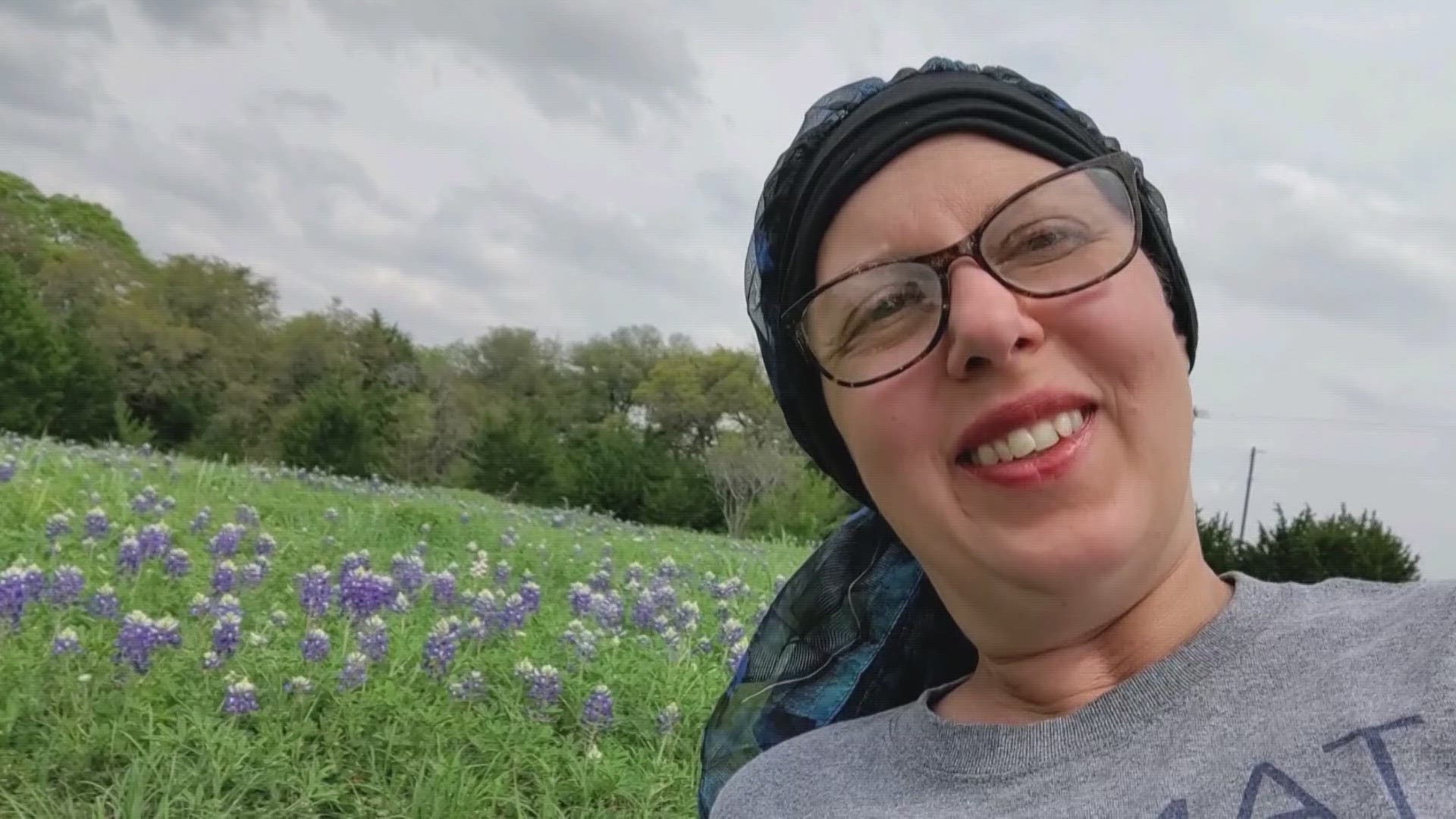KILLEEN, Texas — Laura Weiser-Erlandson credits her breast cancer survival with the discovery of what she calls a "blip."
Her doctor found a two-centimeter lump on her chest during a routine mammogram and decided to bring Weiser-Erlandson back for more imaging.
That lump turned out to be invasive lobular carcinoma.
According to the Mayo Clinic invasive lobular carcinoma is a type of breast cancer that begins in the milk-producing glands (lobules) of the breast.
Invasive cancer means the cancer cells have broken out of the lobule where they began and have the potential to spread to the lymph nodes and other areas of the body.
Invasive lobular carcinoma makes up a small portion of all breast cancers. The most common type of breast cancer begins in the breast ducts (invasive ductal carcinoma).
"God put that blip on my first mammogram and said bring her back, you missed something," Weiser-Erlandson said.
Without a mammogram Weiser-Erlandson said the lump might have grown or spread.
If that would've happened, she said she doesn't know where she'd be today.
Weiser-Erlandson is cancer free and living life in a way she didn't before.
"I was so involved and consumed by my work, I think I take more time for my family now," she added.
The support of her family and doctors is what she said helped her get through her treatment.
Weiser-Erlandson would ultimately get a double mastectomy to make sure her cancer would never come back.
Even though the breast cancer had only been in one breast, Weiser-Erlandson did not want to risk it spreading to her healthy breast.
One study found nearly half of women diagnosed with early-stage breast cancer considered having a double mastectomy and one in six -- about 17% -- had the surgery, including many women who were at low risk of developing a second breast cancer.
Weiser-Erlandson wants everyone to realize how important it is to get a mammogram.
The CDC recommends that women who are 50 to 74 years old and are at average risk for breast cancer get a mammogram every two years. Women who are 40 to 49 years old should talk to their doctor or other health care provider about when to start and how often to get a mammogram.
"If I would have never gotten my mammogram it wouldn't have gotten detected," she said. "It may have grown and gotten to point where it wasn't treatable."
It's important that both men and women conduct self-examinations on their breasts every month.
Click here to see how to conduct a self-exam.

